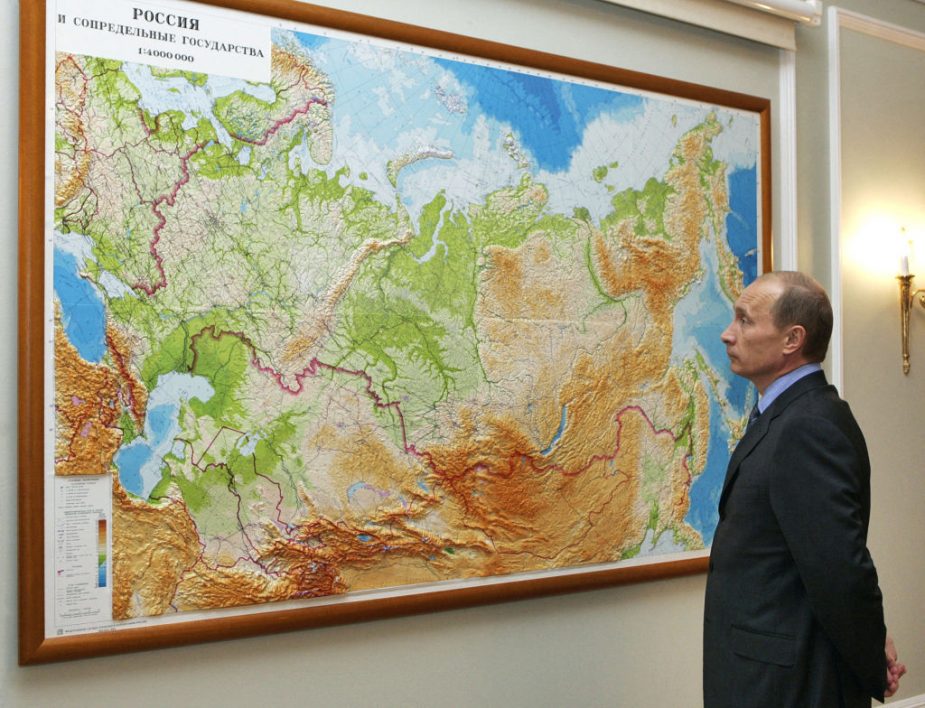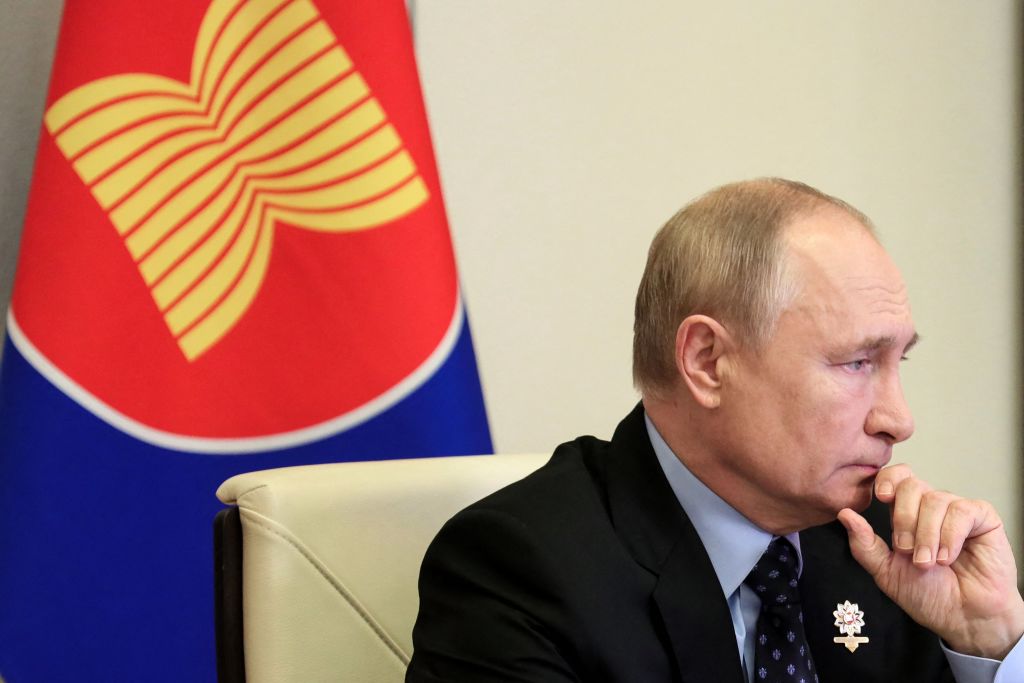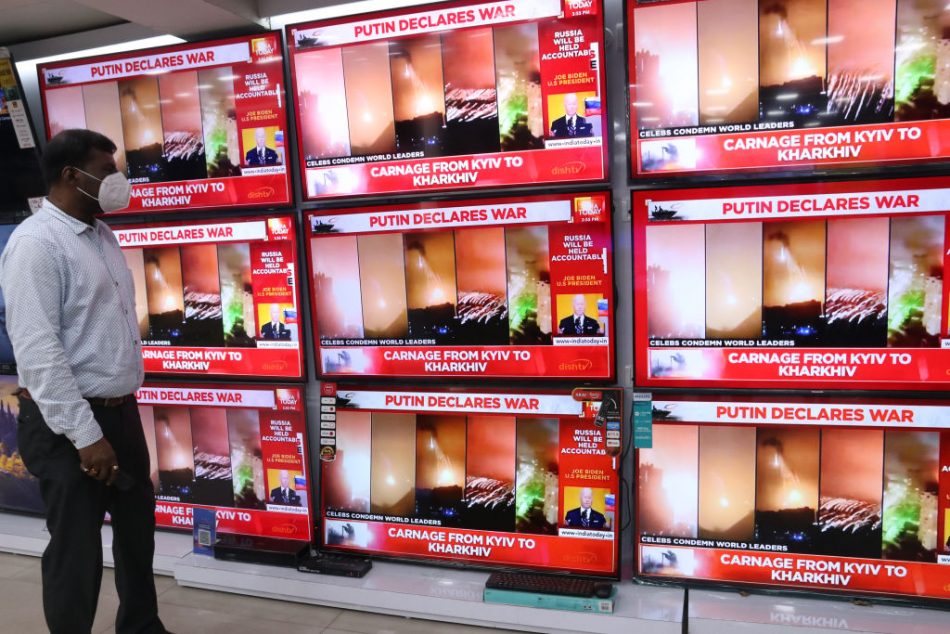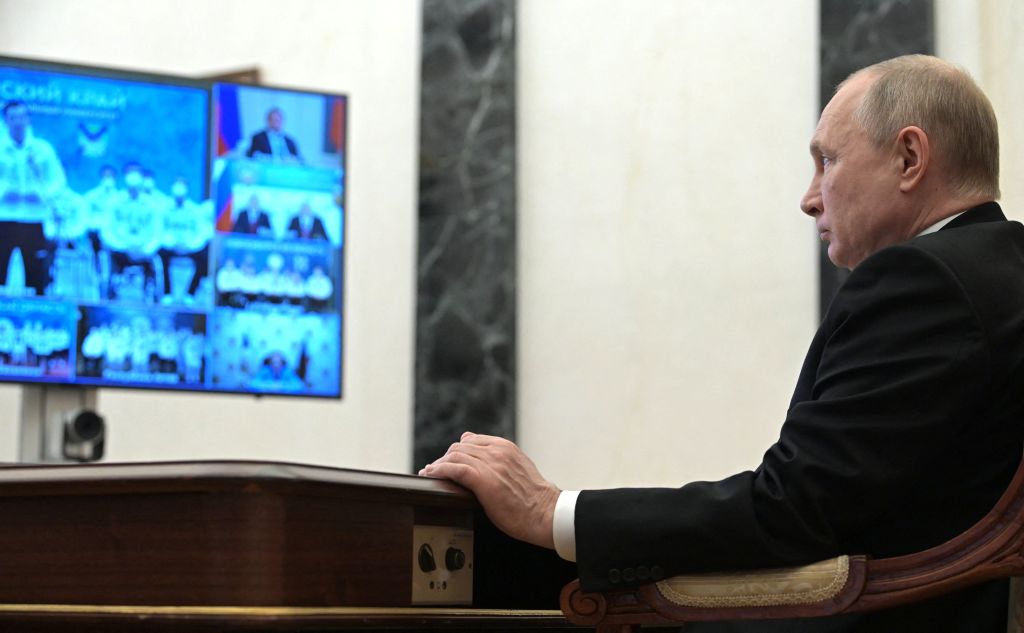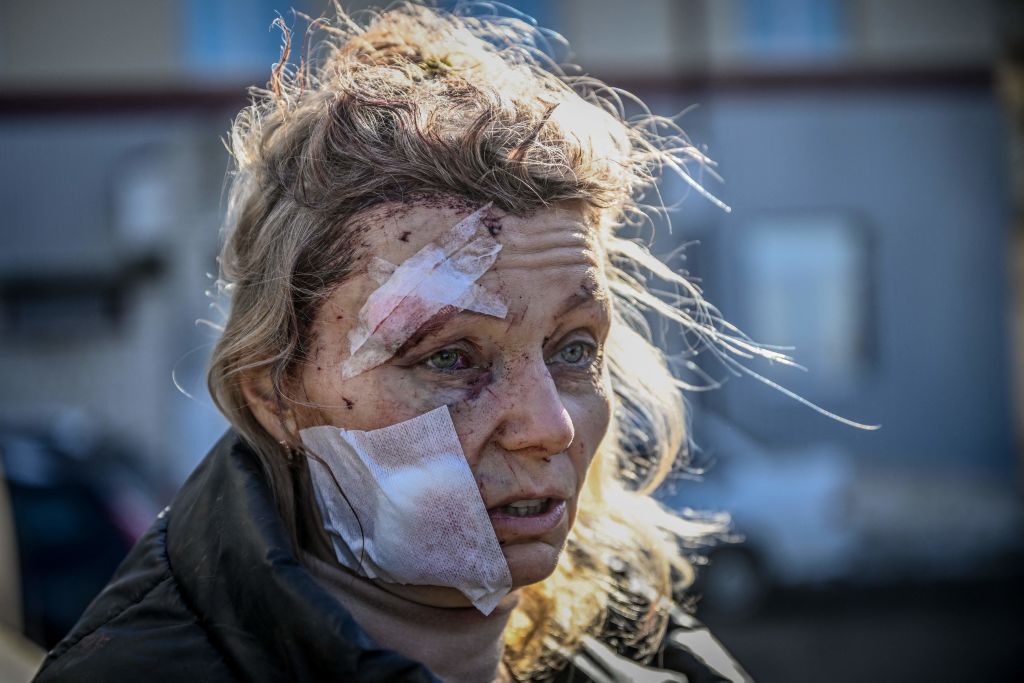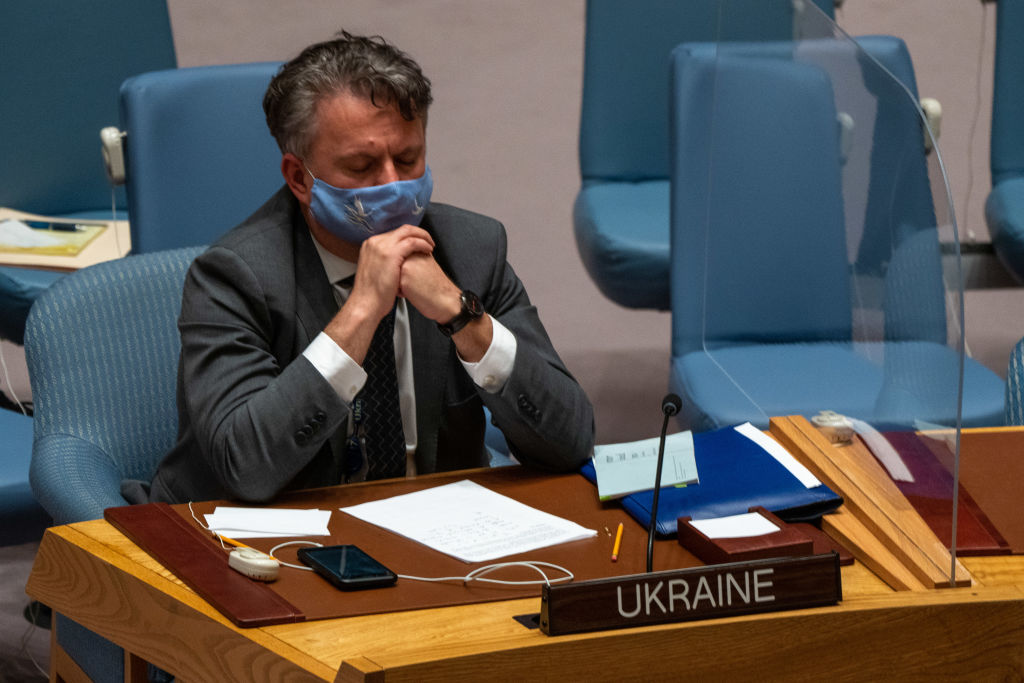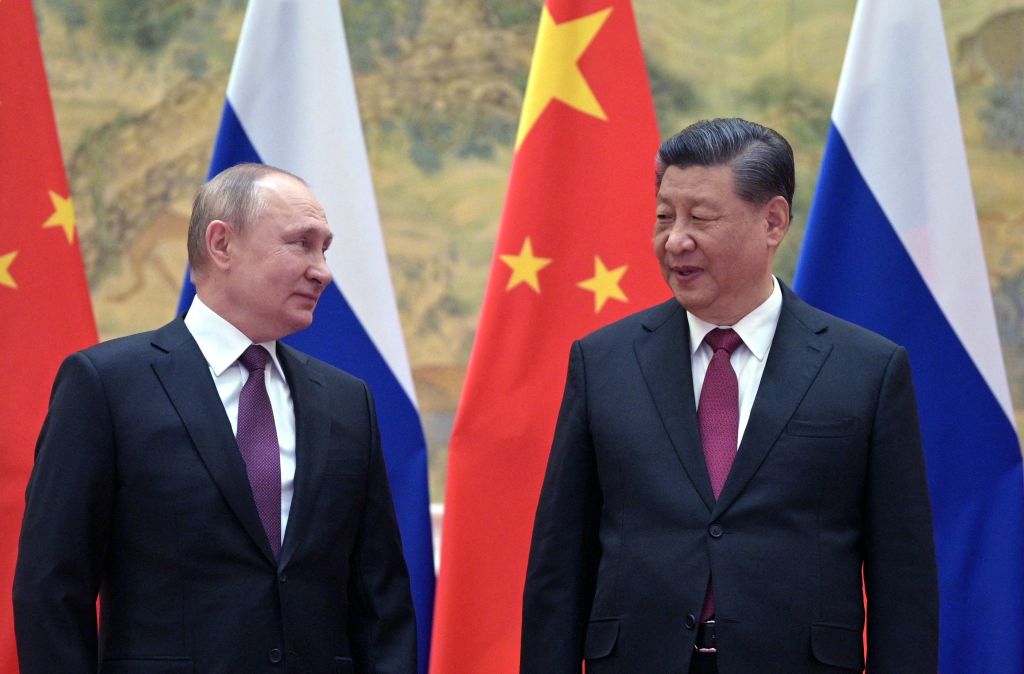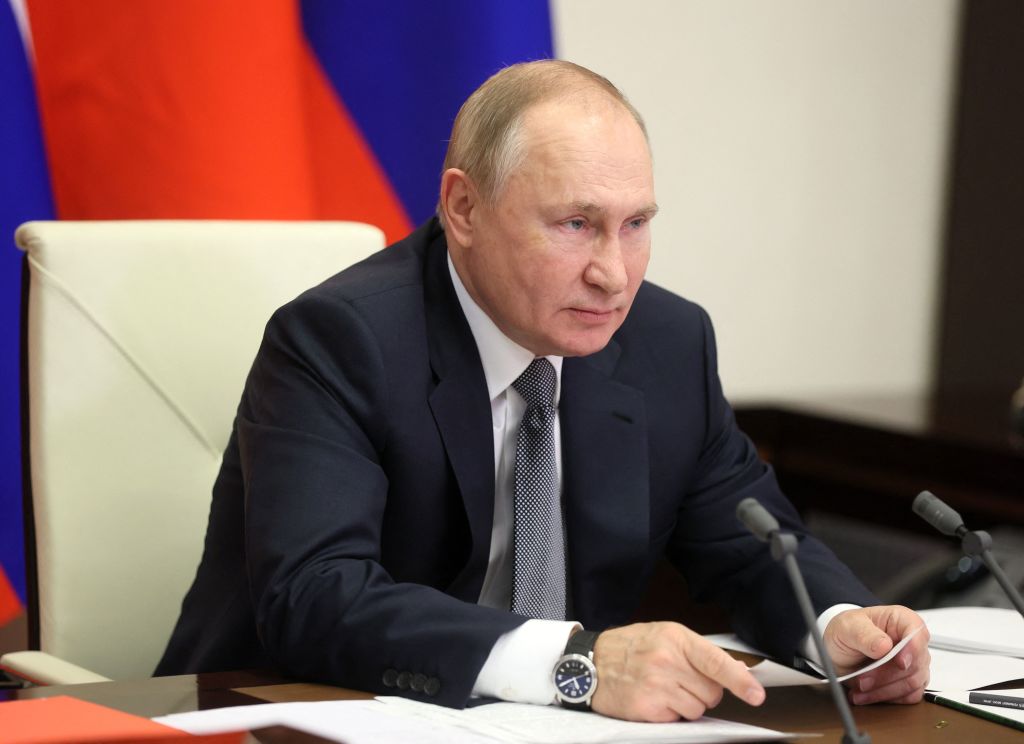Measuring Russia’s economic and military power
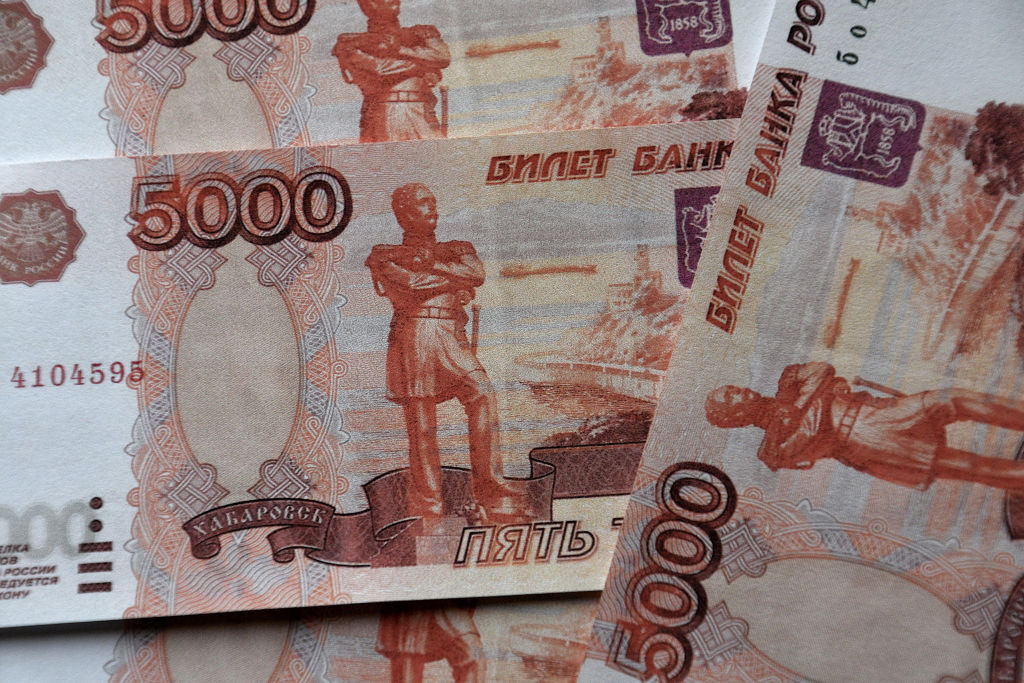
Russian President Vladimir Putin aspires to be leader of the great power of Eurasia rivalling China to its east and the European Union and the United States to its west. Yet the latest analysis from the International Monetary Fund’s World Economic Outlook database shows that Russia’s economy generated goods and services worth US$1,647 billion in 2021, fractionally more than the US$1,610 billion it reported for Australia.
After the precipitous fall in the value of the rouble this week, the value of Russia’s economic output would now be significantly less than Australia’s.
It is a comparison that speaks volumes about the relative productivity of businesses and workers in the two economies but says almost nothing about their relative size.
Geographically, Russia is the world’s biggest nation, covering 16 million square kilometres compared with second-ranked Canada’s 10 million. Its population of 145 million people is 15% larger than Japan’s and 70% bigger than Germany’s.
The Russian Federation inherited a large and inefficient economy from its Soviet forebears with a concentration in heavy industry, a strong oil and gas sector, and the world’s third largest holdings of arable land. It was also bequeathed a bloated state sector.
These essential contours have remained the same. Russia is the world’s fifth largest steel producer and the fourth largest producer of electricity. It is the biggest exporter of gas and the third biggest producer of oil. It is the third biggest exporter of wheat.
Following the fall of the Soviet Union, large swathes of state-owned industry were hived off to insiders who became billionaire oligarchs. Under Putin, there has been significant renationalisation, with the Russian government taking control of privatised companies in ‘strategic’ sectors such as energy, aviation, construction, transport and finance.
A 2014 IMF estimate put the Russian state’s share of the economy at 70%, although more contemporary estimates suggest somewhere between a third and half depending on how businesses with state investment are counted. But between the enterprises owned by the state and by the oligarchs, there is little competition or incentive for growth, and corruption and misallocation of capital are rife.
The result is great inefficiency. According to the OECD, Russian workers produce only 40% as much per hour as workers in the US. The comparative figure for Australia is 84%.
Poor productivity and markets that are skewed by unpredictable state interventions on behalf of oligarchs or itself make Russia unattractive to foreign investors, despite the lure of its energy sector. Russia has always received significantly less foreign investment than Australia.
This results in a low valuation for the rouble relative to currencies of other more productive countries, and it is that low valuation which depresses the US dollar value of Russia’s GDP. As travellers are aware, a US (or Australian) dollar buys a lot more in, say, Bali than in Sweden.
The IMF’s alternative measure of economic size assesses the purchasing power of the US dollar in different countries. This generates a radically different picture of the size of the Russian economy, showing its output as US$4.5 trillion, which is just slightly smaller than Germany’s US$4.7 trillion.
It is purchasing power that matters when it comes to military spending. According to data compiled by the Stockholm International Peace Research Institute, Russia devotes 4.3% of GDP to its military, which helps it support armed forces of almost one million and the world’s fourth biggest arms industry. Only in the Middle East do much smaller nations devote a greater share of their economy to military spending, although the World Bank data shows that Ukraine isn’t far behind Russia, spending 4.1% of GDP.
Military spending, by contrast, accounts for 3.7% of the US economy, while China, with a vast economy when measured by purchasing power, devotes only 1.7% to its armed forces.
There have been various academic efforts to measure military power based on economic strength. Perhaps the best known is the composite index of national capability, created by a US academic J. David Singer in 1963 for the still operational ‘Correlates of War’ project.
It is an index derived from measures of military spending, military personnel, iron and steel production, energy consumption, total population and urban population. It is designed as a composite of demographic, economic and military strengths.
It ranks Russia as the fourth most powerful nation behind China, the US and India, with its strongest measures being its steel production, its energy consumption and its military personnel. The Ukraine, by contrast, ranks 26th and Australia, according to this index, ranks a lowly 64th.
The influential US analyst Michael Beckley argues that such measures of physical strength exaggerate the power of large but underdeveloped nations. He contends that the development of an economy is as important as its size. ‘A military with skilful military personnel and superior technology will use fewer resources to accomplish a mission than a military with low skill and outdated technology,’ he says.
Even then, history abounds with smaller and weaker militaries defeating much better resourced adversaries—the Vietnamese and the Taliban, to pick two. David beats Goliath in 20% to 30% of international disputes and wars, Beckley says, not because they are more powerful, but because they are more resolved, with grit, luck and wisdom on their side.

